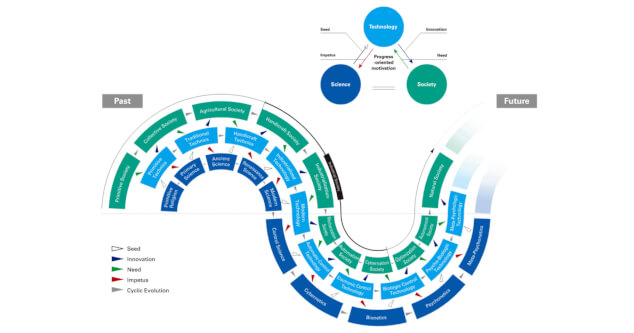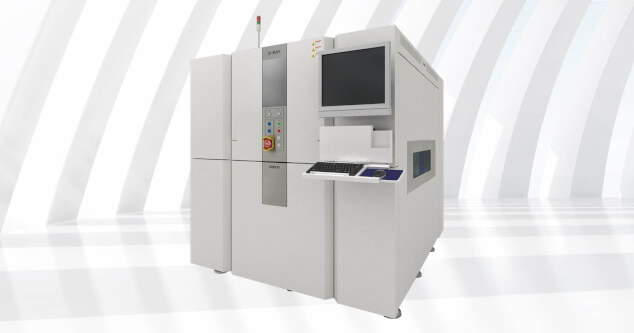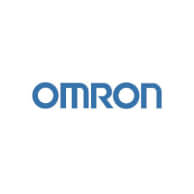From optimization to autonomy - Top five manufacturing automation trends for 2025 from OMRON
Publisert 4. januar 2025 i AI

Trend #1 Smarter maintenance and data-driven automation
Data-driven automation is not only about identifying when something will go wrong but also using that data to optimize production processes. In OMRON’s vision, “Sensing & Control + Think” brings together advanced sensors, control technologies, and data analytics to enable systems that can learn from their environment, making adjustments to improve efficiency and productivity autonomously. This technology is a cornerstone of the shift to autonomous production, where real-time data from sensors and machines drive decision-making.
Trend #2 Adaptive systems for smart manufacturing
In sectors such as semiconductor manufacturing, where precision is critical, OMRON’s high-resolution inspection systems, such as the VT-X950 with advanced X-ray and CT scanning, can detect defects at the micro-level in real-time. This enables manufacturers to immediately correct errors, significantly improving yield and reducing waste. These adaptive systems represent the future of quality control in manufacturing, where machines continuously monitor and adjust themselves for optimal performance.

Trend #3 Co-creation as a driver of innovation
Co-creation drives faster technological development and ensures that the solutions developed are closely aligned with the needs of the market and society. For example, next-generation technologies accelerate material innovation by predicting the properties of new materials based on their molecular structures. Through collaborations with research institutions and universities, OMRON is creating new opportunities for innovation that would be impossible within the confines of a single organization.
Trend #4 Energy efficiency through smarter product and component design
Industries are facing increasing pressure to reduce their environmental footprint. Traditional silicon-based power devices have long dominated industrial systems, but they come with limitations in efficiency and size. OMRON’s investment in GaN (Gallium Nitride) technology addresses these challenges by delivering high-performance power conversion with minimal energy loss. GaN devices allow for greater power handling capabilities within a much smaller footprint, resulting in miniaturized components that require less energy to operate while also cutting down on heat generation. This is especially interesting for industries like automotive manufacturing, where lighter, more energy-efficient components are essential for the production of electric vehicles (EVs).Trend #5 Ethical AI and transparent decision-making
As AI becomes more embedded in industrial systems, ethical considerations around its use are gaining importance. In manufacturing, this means creating systems where AI-driven decisions can be audited and understood, ensuring that companies maintain control over their operations while benefiting from the efficiencies that AI brings. Ethical AI is expected to play an increasingly important role as factories become more autonomous. Ensuring transparency in AI decision-making will be critical to maintaining trust between companies, employees, and stakeholders.
As we move further into the Autonomous Society, the way we approach industrial automation is fundamentally evolving. Predictive maintenance, adaptive control, and co-creation are realities reshaping manufacturing today. With every innovation, from real-time data analytics to advanced material science, we’re not just improving processes—we’re enabling systems to think, learn, and act on their own. Together, we need to build smarter, more resilient manufacturing systems for a complex, ever-changing world.
For more details, see OMRON’s Integrated Report
